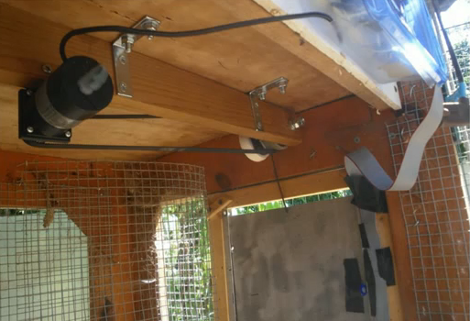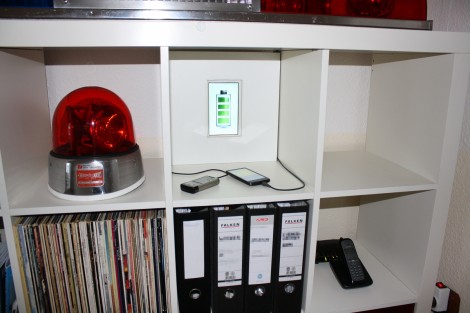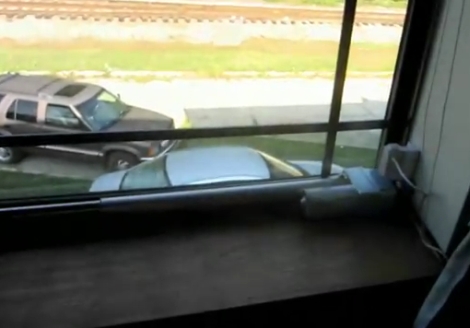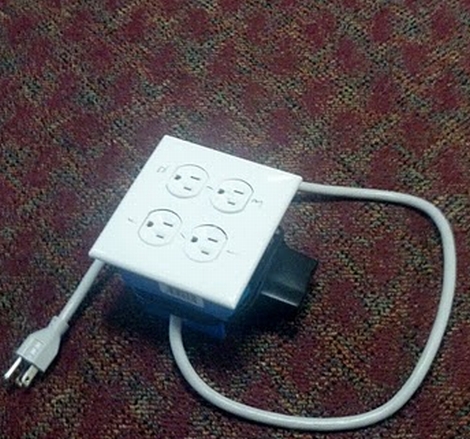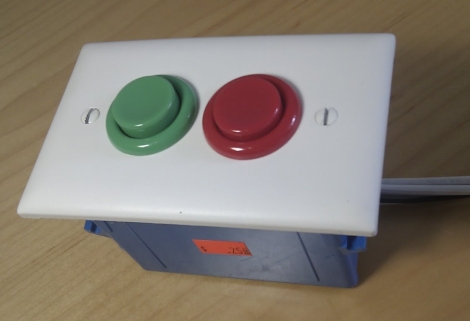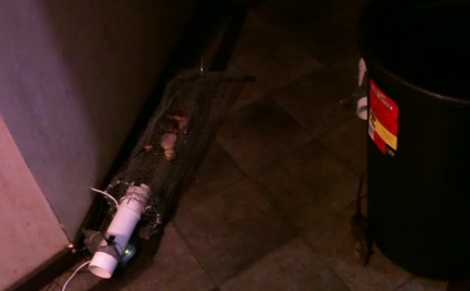
[Tobie] seems to have a bit of a rat problem.
While most people would be inclined to simply buy the oversized Victor spring-loaded rat traps and call it a day, [Tobie] is a bit more humane. To help remedy his problem while also ensuring that no rats are harmed in the process, he built the Rat Trap 2000.
Self-described as completely over the top, the Rat Trap 2000 lures the rodents into its containment area with apples and corn, securing them inside using a servo-actuated trap door. The door is triggered by an Arduino that monitors the holding pen for movement using an IR sensor. All of the action is captured on video using the web cam on his Eee-PC, as you can see in the very short video below.
This certainly isn’t the most cost-efficient way to control your vermin problems, but if you’ve got some spare parts laying around, why not? It’s far more humane than some of the other rodent control solutions we have seen, and it sure beats living with rats!

